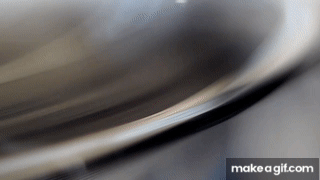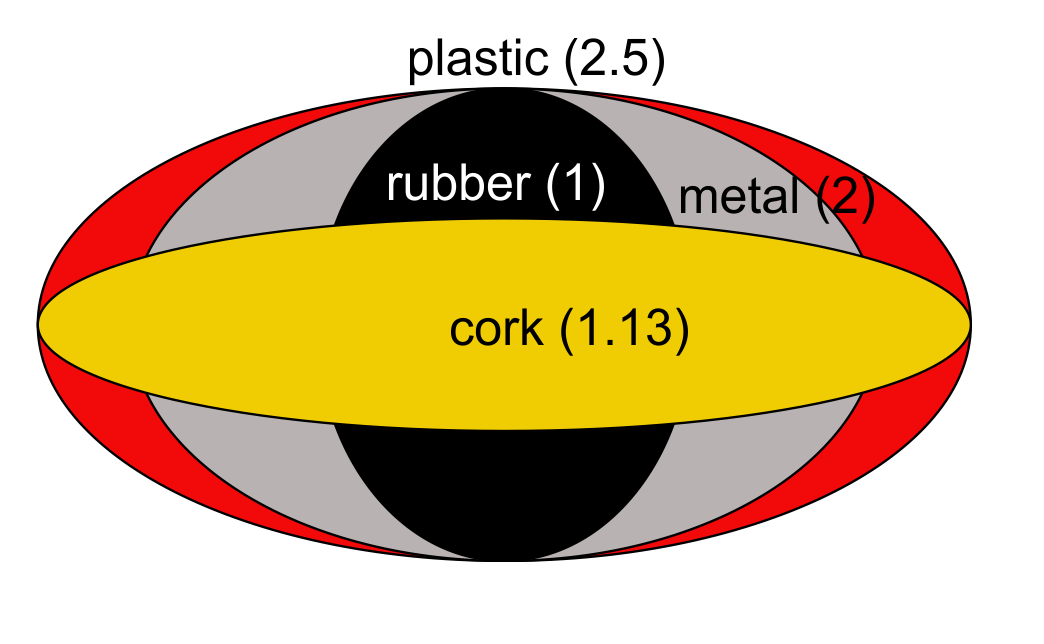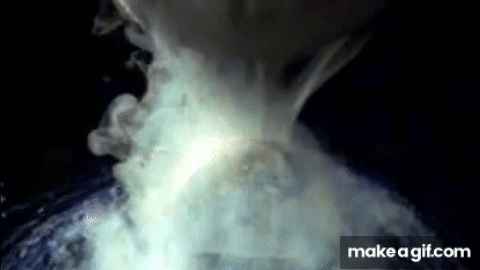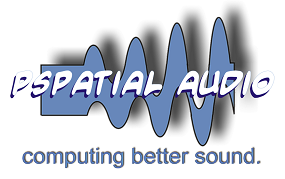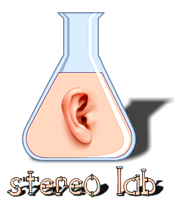
Needle-drop Handbook - new 4th edition
To do this, you need first-class hardware.
Where the rock meets the record, analogue discs are ultimately a precision mechanical medium and demand precision mechanisms to replay them.
The first five chapters of the Needle-drop Handbook are devoted to the mechanical issues of playing records: the mechanics of constant-speed; of tracking and tracing distortion and how to minimise their effects; and of cartridge tracking and groove geometry.
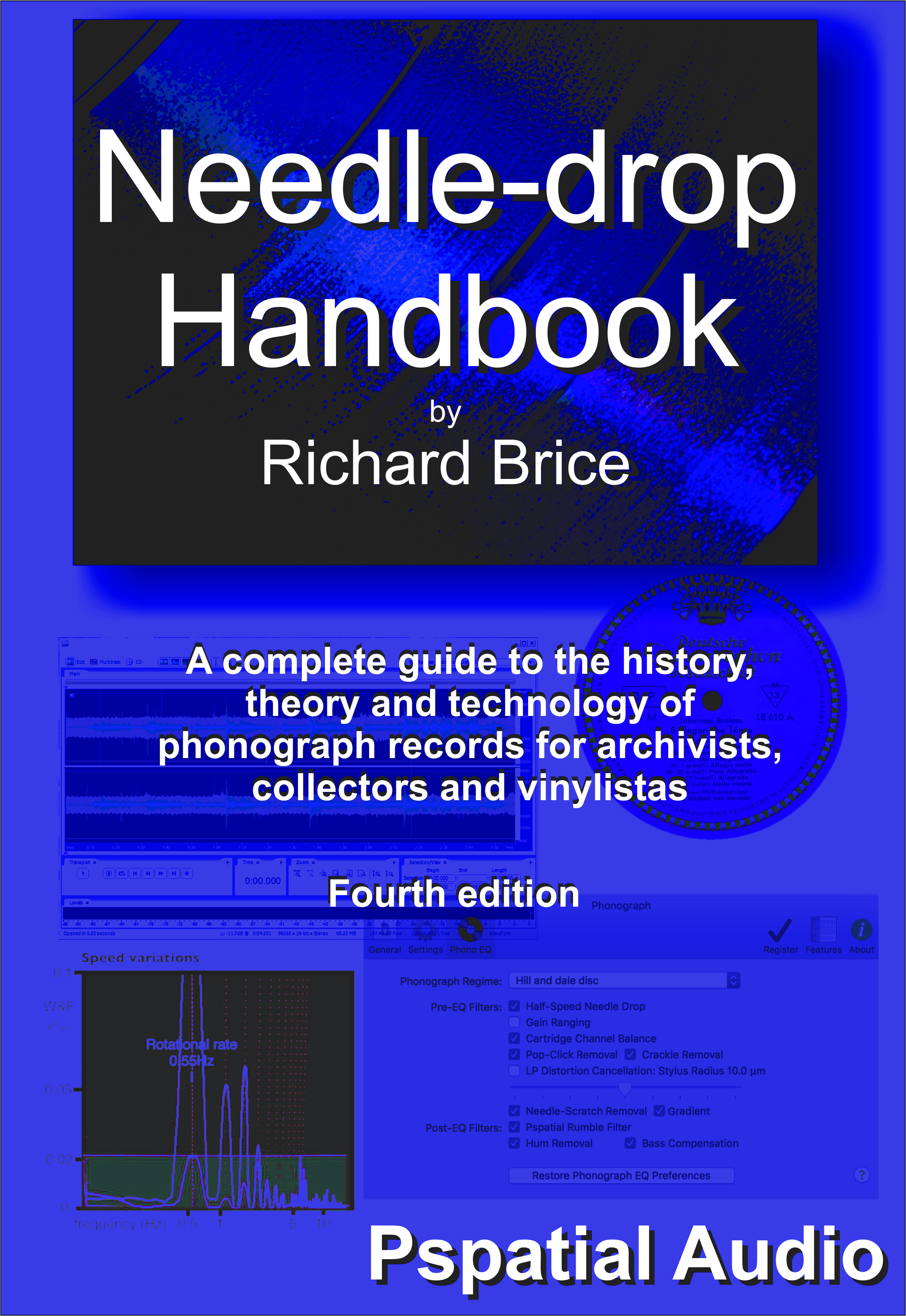
The Needle-drop Handbook is about reformatting the signals from analogue records as digital files (needle-drops).
From acetate to dead-wax
The procedure and the equipment to cut the master acetates is covered in chapter six of the Needle-drop Handbook as well are the subsequent electroforming and compression-moulding processes required to produce commercial records. Only an understanding of how records are made, alerts us to the problems which arise in maufacture and to the extra information which is encoded in the dead-wax.
The care of records – when playing them and storing them - is covered in chapter seven along with information of the care and maintenance of the replay stylus.
The signal sent to the cutter-chisel when cutting a record is equalised, whereby the bass is cut and the treble boosted. The equalisation of modern records is described in chapter eight of the Needle-drop Handbook and the equalisation of pre-stereo records has a chapter all to itself in chapter ten.

In the last chapter (fifteen), we look at contemporary work on extracting information from records using optical techniques, work especially valuable when records have become so damaged they will no longer play with a mechanical stylus.
Before we get there, we will also stop-off to look at more unusual forms of records which may interest the collector: shellac discs; quadraphonic discs; cylinder records; soundtrack discs for early “talking-pictures”; radio transcription discs; and novelty records. We also devote a chapter (thirteen) to looking at popular upgrades and tweaks to turntables and ancillary equipment to see if they work or not.
So, although the Needle-drop Handbook is concerned with digital reformatting to preserve the essence of audio recordings divorced from their physical carrier, it is a text as relevant to the audiophile vinylista as it is to the archivist.
The fourth edition of the Needle-drop Handbook comes with a free Materials Supplement
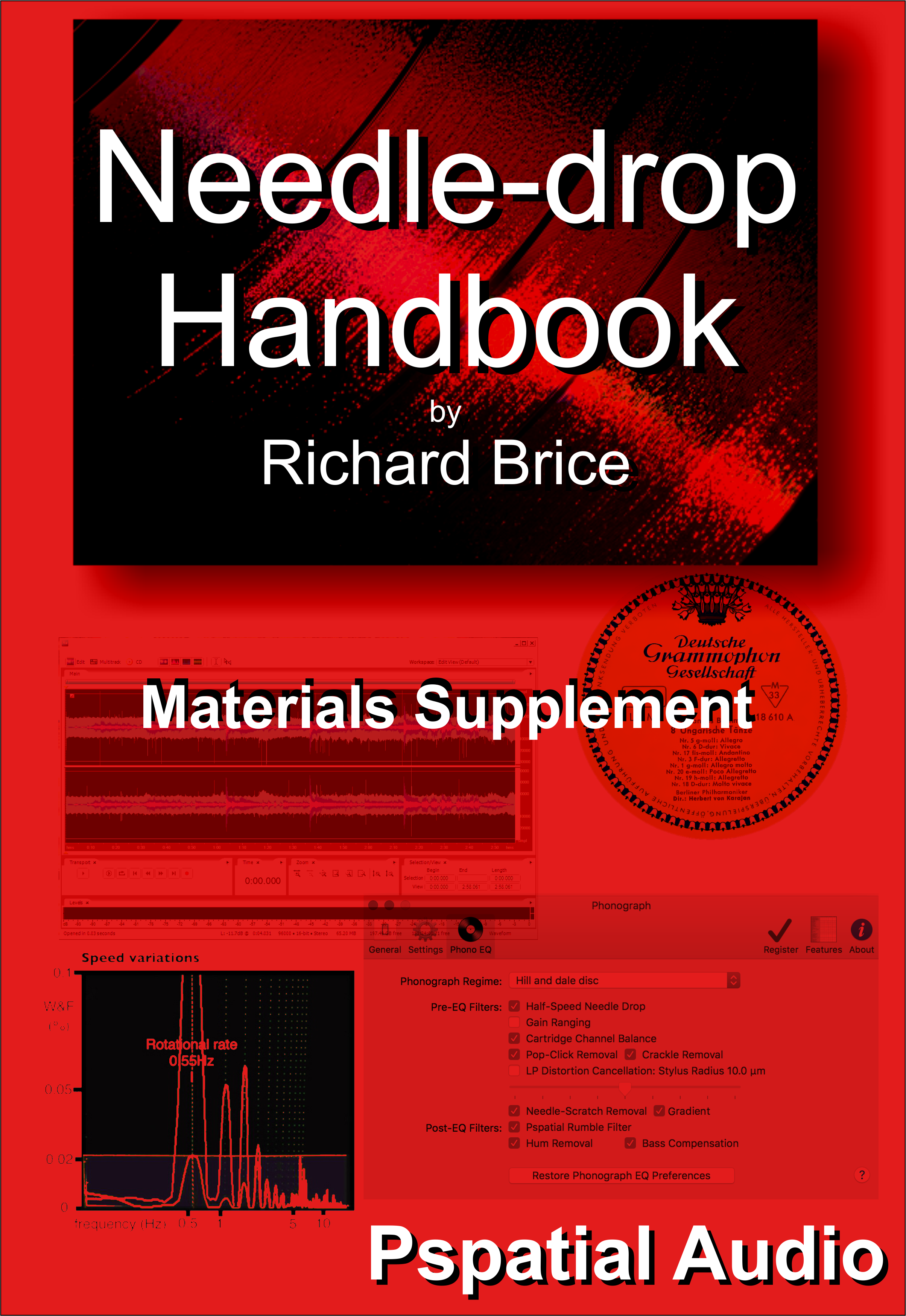
Even on the surface, the lightweight extruded or die-cast magnesium tonearm and the cast and machined, aluminium platter of a high-performance turntable resemble parts of a racing car. If we remove the platter, perhaps we shall find bearing sleeves of sintered phosphor bronze – a copper, alloy with a tiny amount of phosphorus (P) added. Alternatively, the bearings may be of machined white-metal, carefully turned on a lathe to extremely fine precision.
The electric motor will have a ferromagnetic heart of steel. In the moving parts, the steel may be alloyed with vanadium (V) to produce a high-strength, low-alloy (HSLA) steel.
The phono cartridge may include stiff, low-density materials like beryllium or boron for the cantilever, and incorporate alloys with remarkable magnetic properties like Alnico.
And we haven’t even started to look at polymers. Apart from the copolymer of polyvinyl chloride and polyvinyl acetate from which LP records are made, perhaps we will discover a drive-belt or an idler-wheel tyre of vulcanised rubber. We shall certainly find an assortment of elastomers which support the various components of the turntable and isolate them from each other. These elastomers are likely to be one of the synthetic rubbers like neoprene. We may also find nylon, a polymer of carbon, hydrogen, oxygen and nitrogen and polyoxymethylene or POM, also known as acetal, as plastic engineering materials for moving parts. And a dust cover made of poly(methyl methacrylate), or of polycarbonate.
In the loudspeakers, we may find low- and mid-frequency loudspeaker cones of paper or – more recently – of polypropylene, with surrounds of various synthetic rubbers, held together by thermosetting polymer adhesives. We shall certainly discover magnets, possibly Alnico, or rare-earth, or ferrite types. In the crossover networks we will find inductors wound with magnet wire (copper wire coated and baked with various coats of synthetic polymers), as well as more capacitors, often rather special types with dielectrics of polytetrafluoroethylene (PTFE) or polyphenylene sulphide (PPS).
The framework materials, which provide the structural chassis of our turntables, amplifiers, and loudspeakers, are usually of pressed and folded metals: most often mild steels or aluminium, or various alloys: stainless steel, brass and so on: formed and joined by array of assembly methods: bolted; riveted; welded; braised; and soldered. Sometimes the frameworks components are complex and made as metal castings, or of injection moulded plastic. Increasingly composite materials are finding their way into record-playing equipment. A composite is composed of two (or more) individual materials that come from the three basic material categories of: metals; ceramics; and polymers.
And let’s not forget wood (a natural polymer composite) and stone (compounds of metallic and non-metallic elements). A wide variety of woods remain the staple group of materials for plinths, motor- and arm-boards, and all forms of cabinetry from turntables to amplifiers, to loudspeakers. We also find various stone components: motor boards of slate or concrete; and cartridge bodies of marble, agate, and jade.
It's an impressive list of materials: all playing a part in reproducing a record. In the Materials Supplement, we take a closer look at them.
Buy the PDF version of the Needle-drop Handbook here.

The 1000 page pdf ebook Needle-drop Handbook 4th edition edition only costs £4.99. Simply click the PayPal button and you will receive a email with instructions how to download your copy.
❝A complete guide to the history, theory and technology of recording phonograph records for archivists, collectors and vinylistas❞
Only £4.99
